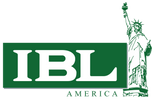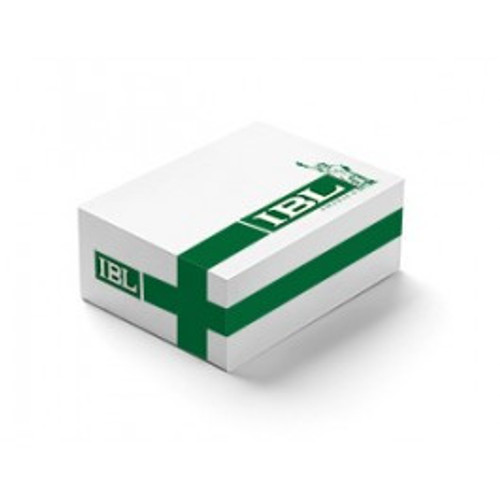Enzyme immunoassay (ELISA) for the determination of free active testosterone in saliva. For research use only, not for use in diagnostic procedures.<br><br>
At present, the majority of steroid hormone determinations are conducted from serum samples, even if results in the low or very low concentration range are expected, for example, in elderly individuals. This is a real challenge for any diagnostic laboratory as shown by Taieb et al in 2003 (10) and others (9). Recently there has been an official position statement of the Endocrine Society(14) stating that reliable Testosterone measurements in serum either need an extraction step or have to be done by chromatographic methods like Tandem MS or GCMS. There now is sufficient evidence that the commercial Testosterone assays are unable to quantify low concentrations in a reliable way.<br><br>
Another major problem associated with the measurement of free hormone levels from serum is the episodic secretion pattern of steroid hormones. Even in 1973(1) it could be shown that steroid secretion shows a significant episodic pattern. Nevertheless, the majority of the determinations are still made from just one serum sample, resulting in non-reproducible values due to the biological variation. In general, serum measurements can only give the total steroid hormone concentration, whereas saliva testing results in the measurement of the free active hormone fraction(3,5).<br><br>
Taking into consideration the above mentioned drawbacks of the current analytical procedures, salivary testing seems to be a reliable alternative. It has been shown in the literature(3,5,13,15) that the measurement of free salivary Testosterone gives accurate and reliable results even in the low concentration range. In salivary testing it is easy to compensate for the episodic secretion pattern provided multiple sampling is done (preferably 5 samples within 2 hours). The measurement of free Testosterone is done with a mixture of these 5 samples. In contrast to this, measurements from just one single saliva sample always will give arbitrary results (like in serum).
- Assay Description:
- 1 hour incubation (RT) + 30 min. (RT) = 1 hour, 30 min. total incubation time
- Catalog number:
- IB79316
- configuration:
- 96 Determinations, 12x8 removable strips
- controls:
- 2 controls, ready to use
- design:
- Solid phase competitive enzyme-linked immunosorbent assay (ELISA) technique
- FDA Status:
- For research use only, not for use in diagnostic procedures
- notes:
- The protocol for this product (see above) is intended to serve as an example only. Please refer to the Instructions For Use provided with the assay kit for precise details.
- Protocol:
- Sample types:
- Saliva
- Sample volume:
- 100 µL / determination
- standards:
- 6 calibrators, ready to use
- Standard range:
- 0 / 10.0 - 1000.0 pg/mL
- storage:
- 2 - 8 °C
- sensitivity:
- 2.2 pg/mL
- Species:
- Human
- Products related:







